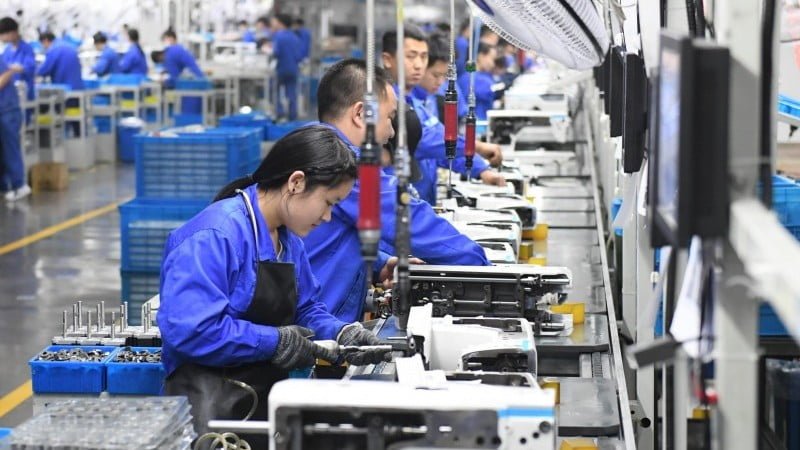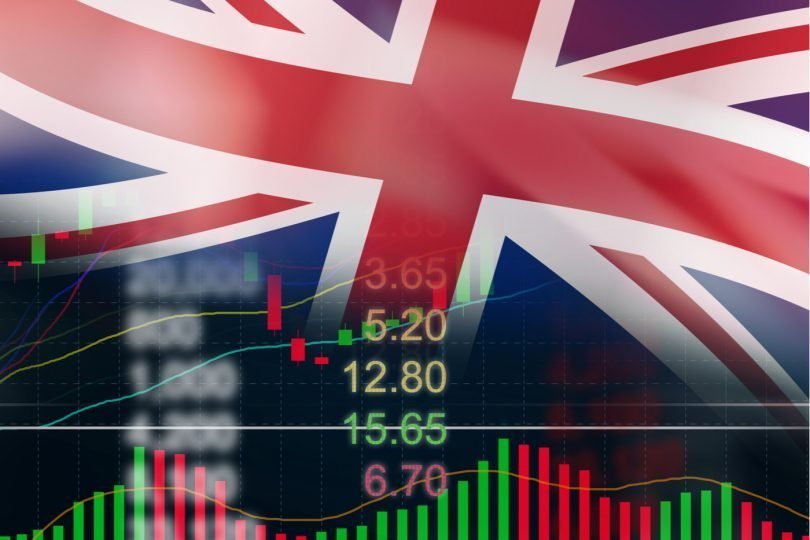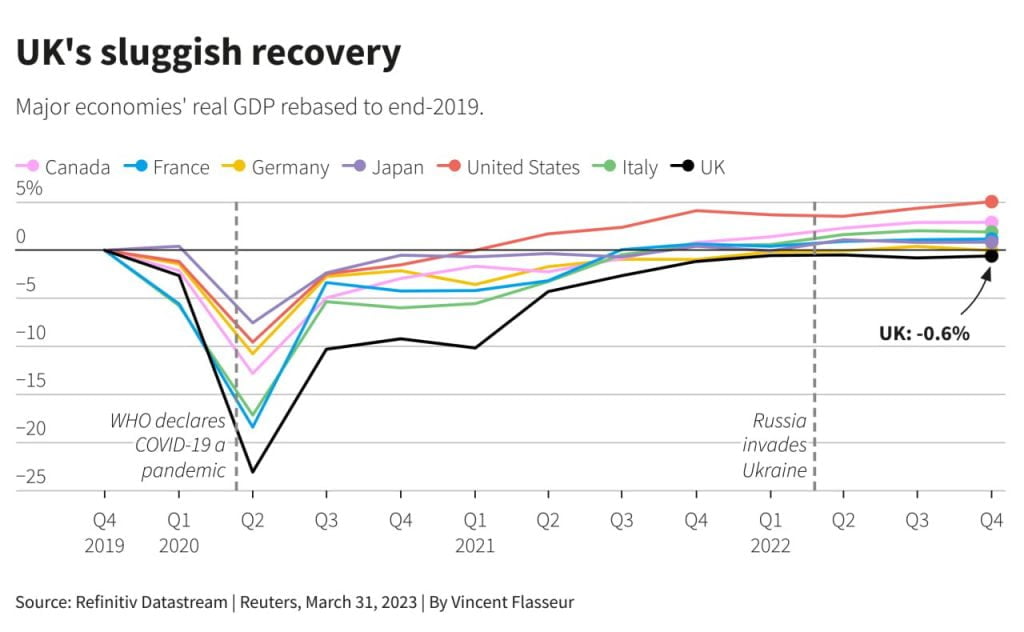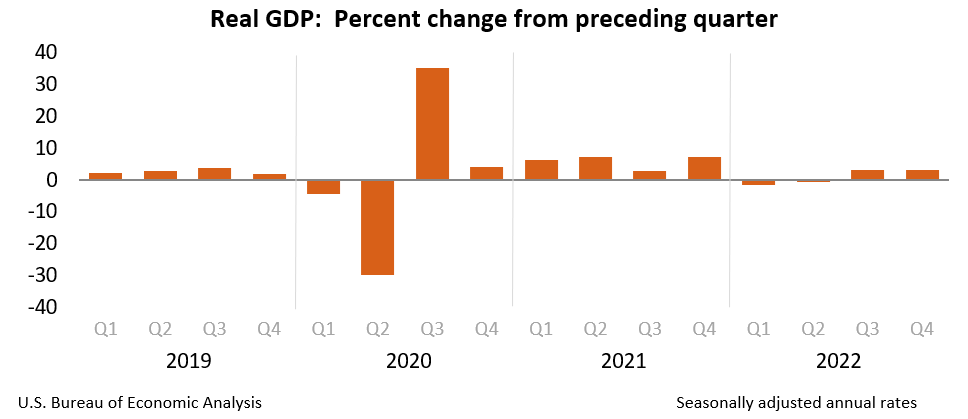German ZEW index adds to recent growth worries
The third drop in a row for the German ZEW index marks a turning point for the worse as any growth optimism from the start of the year evaporates
All bad things come in threes. The ZEW index, which measures financial analysts’ assessment and expectations of economic and financial developments, signals a turn of the German economy for the worse. In May, the ZEW index decreased to -10.7 from 4.1 in April, the third consecutive drop. At the same time, the current assessment component also weakened, dropping to -34.8 from -32.5 in April.
Weak German macro data in recent weeks, as well as the US debt ceiling debate, banking turmoil and expectations of further rate hikes, seem to have dented analysts’ optimism.
Earlier optimism has disappeared for now
The ZEW index is definitely one of the worst-performing leading indicators in Germany when it comes to predicting GDP growth. However, it has a decent track record in predicting turning points in the economy. With this in mind, today’s ZEW sends a worrisome message: three consecutive drops are a new trend, a trend in the wrong direction.
To some extent, today’s index numbers are both backward and forward-looking. It’s both a reflection of recent weak macro data but also, once again, of a downscaling of growth expectations. The optimism at the start of the year seems to have given way to more of a sense of reality. A drop in purchasing power, thinned-out industrial order books as well as the impact of the most aggressive monetary policy tightening in decades, and the expected slowdown of the US economy all argue in favour of weak economic activity. On top of these cyclical factors, the ongoing war in Ukraine, demographic change and the current energy transition will structurally weigh on the German economy in the coming years.
All of this doesn’t mean that the German economy will be stuck in recession for the next couple of years. But it does mean that growth will remain subdued at best and that the flirtation with stagnation will continue.
source: ing














Leave a Reply
You must be logged in to post a comment.